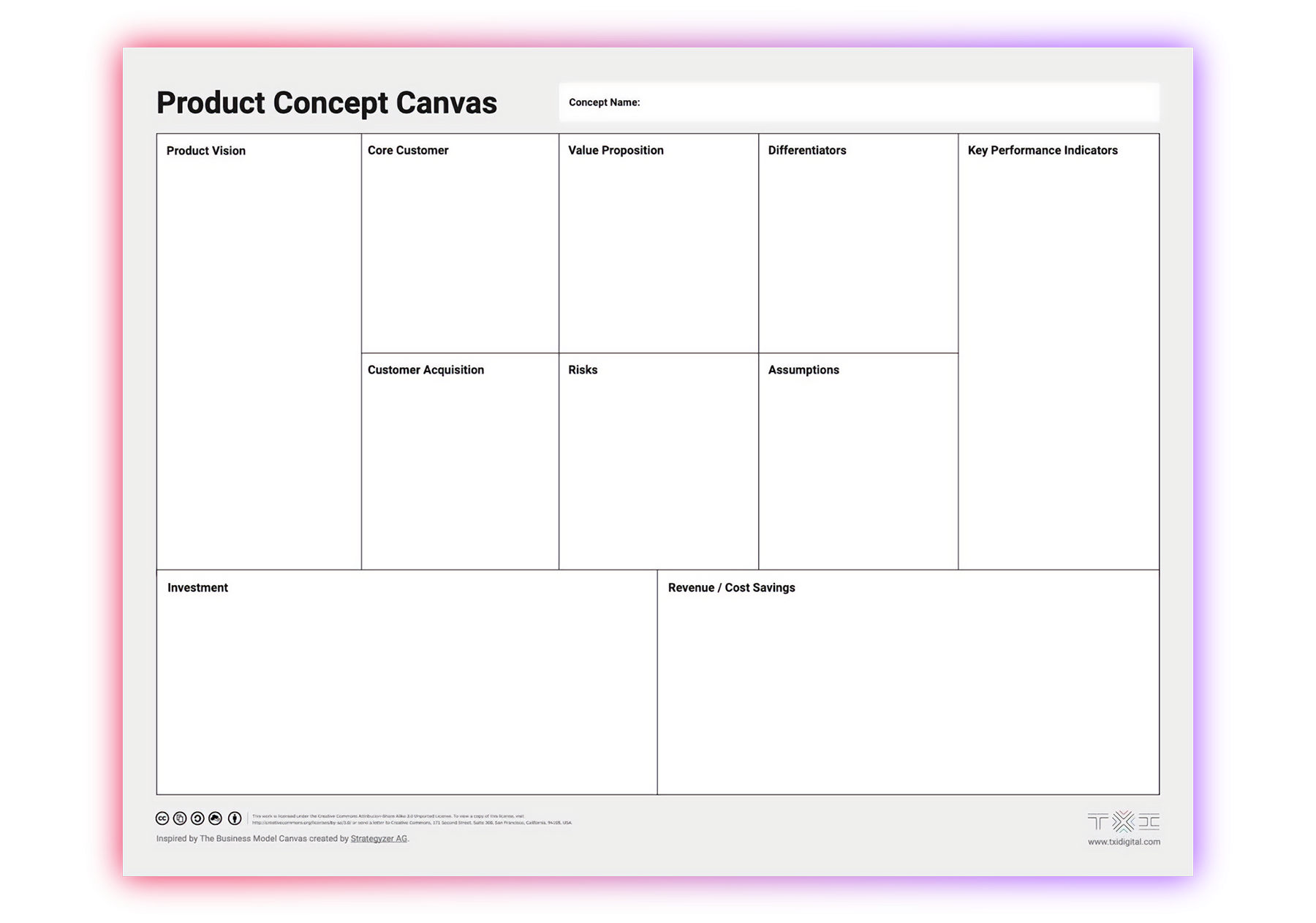You’ve got a problem.
Maybe you've identified a pressing business need, a thorny customer issue, a complex technical challenge, or a valuable market opportunity. The point is, you have a problem worth addressing but don't yet have a crisp vision for the solution.
In our experience, the best place to get started involves assembling your personal advisory team — representing a diverse range of skills, expertise and backgrounds — to explore potential solutions from distinct angles. Try to find folks with relevant experience so that you can gather a nuanced understanding of the potential paths forward.
We recommend a small, targeted team that brings together:
Customer knowledge to provide visibility into potential desirability of possible solutions
Technical acumen to provide visibility into potential feasibility of possible solutions
Business context to provide visibility into potential viability of possible solutions
Competitor insight to provide visibility into potential utility of possible solutions
Shift focus from pain to possibility
Once you’ve assembled your collaborators, we find it’s useful to approach the problem you’re addressing as an opportunity for improvement. That might feel like a subtle distinction but it’s an important one. Reframing in this way enables you and your team to focus not just on alleviating a pain point (which is certainly a short-term priority) but also on the longer-term, bigger-picture benefits you can create for your customer and organization.
Successful reframes are open-ended, propel curiosity, and drive ideation. Reframes provide just enough direction to align on an outcome without being prescriptive about how we get there. And they open the door to exploration and innovation.
Pressure test your reframe by checking for the following elements:
Clarity: Do you have a simple and concise expression of the opportunity?
Customer focus: Have you identified who benefits from the change?
Positive skew: Are you working toward something aspirational?
Attainability: Is there a way to accomplish and measure the result?
Openness: Is there room for creativity in our potential path forward?
When you can answer yes to most (and ideally all) of the questions above, it’s time to get started.
Build alignment with a Product Concept Canvas
When exploring an opportunity, we strive to arrive at a shared understanding of the best path forward. In other words, our focus in the earliest stages of creating a new product, service, or offering is to generate alignment. We want to convey clearly and concisely what the idea is all about and how we plan to bring it to life.
We’ve found that a Product Concept Canvas is an invaluable resource for building exactly that sort of alignment. Our teams and our clients use the Canvas as a catalyst to help think about product concepts holistically and as a template to pull the foundational components together into a simple view.
What's more, the process of populating a Product Concept Canvas with your team sparks important conversations and forces some difficult trade-offs. And the resulting artifact (a thoughtfully populated template) enables you to have informed conversations with organizational leaders and decision makers about how your concept gets you closer to target outcomes.
Without further ado, let’s take a look at the Product Concept Canvas:


